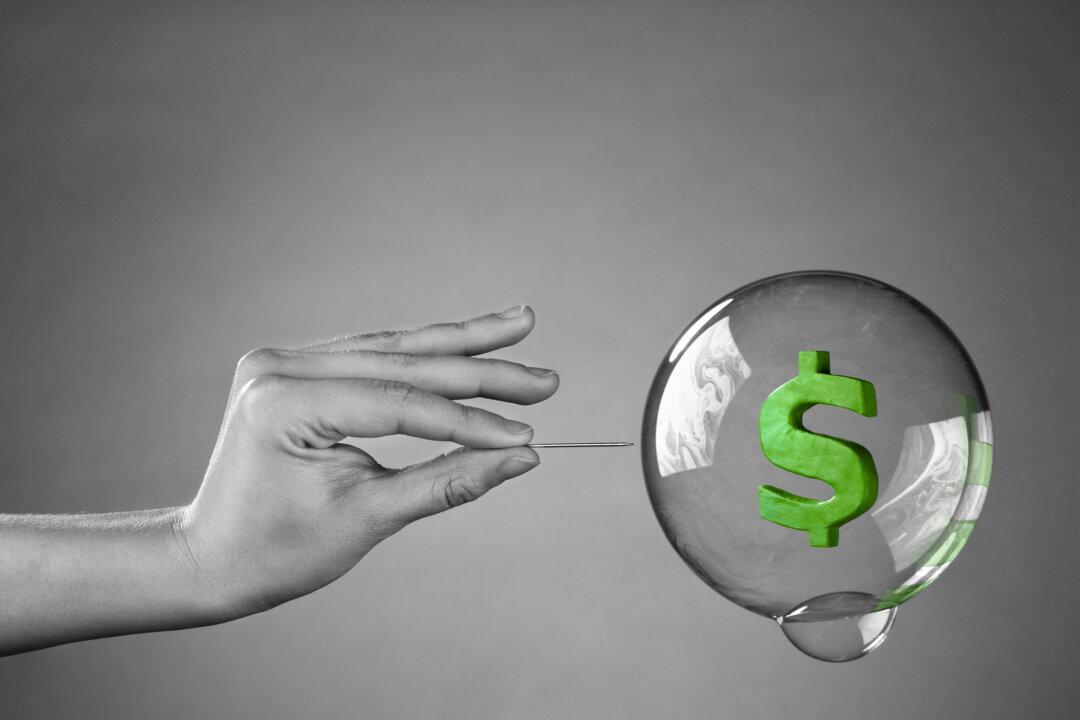By Nellie S. Huang
From Kiplinger’s Personal Finance
The meteoric rise of a handful of tech stocks has many investors wondering whether the stock market is in a bubble. While obvious in retrospect, bubbles are notoriously difficult to recognize when you’re in one.






